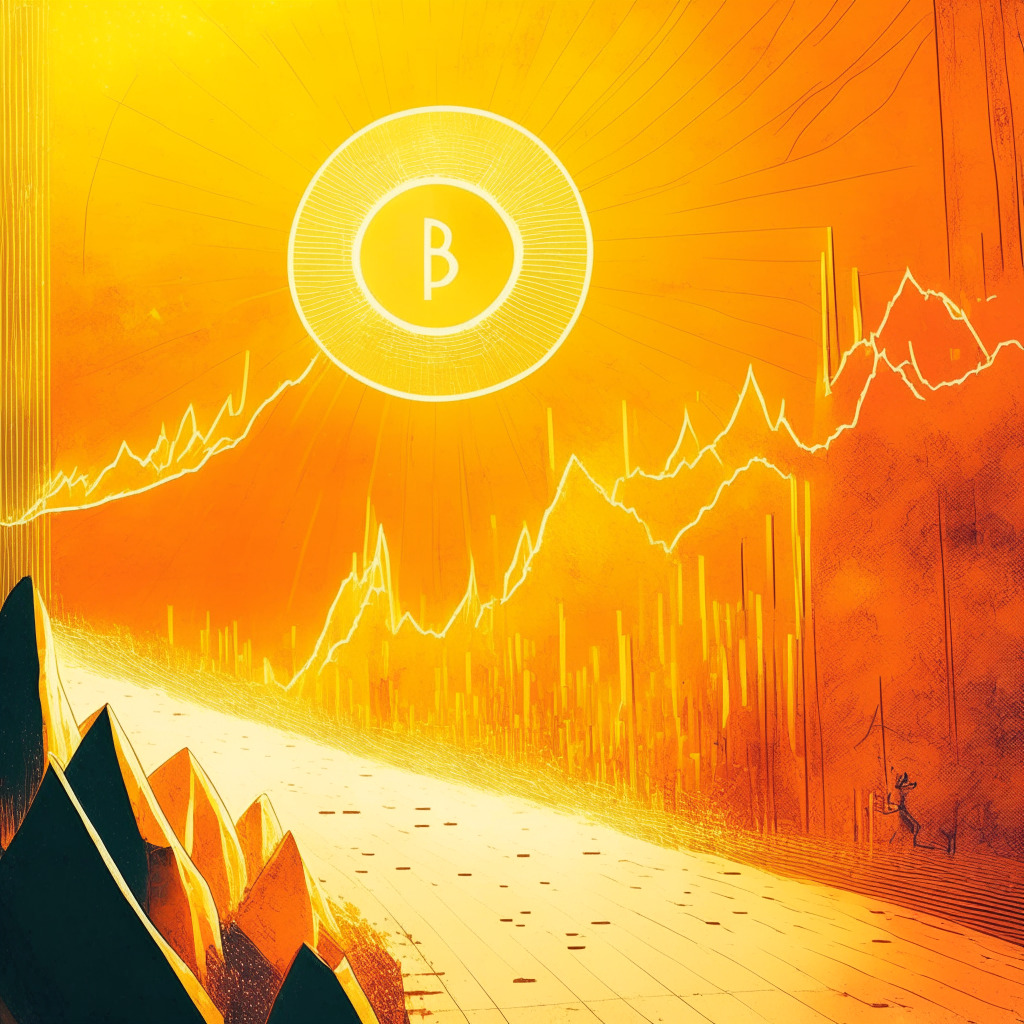In recent developments, the Russian ruble and Argentina’s peso demonstrated slight turbulence, exposing potential weaknesses in global markets, according to analysts at MUFG Bank. In the midst of this, supposedly safe investments, including Bitcoin and gold, have not seen the expected investment surge.
As the Russian ruble depreciated to 102 against the U.S. dollar – its lowest point since March 2022, it unveiled investors’ mounting unease about Kremlin’s receding energy revenues. In a preventative action, Russia’s central bank made the drastic move to increase interest rates from 8.5% to 12%. Concurrently, Argentina’s already weak peso depreciated by 18%, dropping to 350 per dollar from 287 per dollar. With the peso down 98% this year, these fluctuations in ruble and peso have been interpreted as early distress signals in global financial markets.
Derek Halpenny, the head of research global markets EMEA and International Securities, indicated that the real concern isn’t the direct impact of the depreciation of ruble and peso, but the ensuing strength of the U.S. dollar as yields continue to increase. While these economically weak nations are the first to expose systemic shortcomings, they aren’t typically the ones to have a direct impact on broader markets.
Despite these alarming economic signs, Bitcoin, often likened to digital gold due to its finite supply, hasn’t witnessed the hypothesized safe-haven demand. Instead, Bitcoin’s value remains stagnant just over 29,000 USD, a continuation of its recent lackluster performance. It’s worth noting that Bitcoin was seen as a safe haven during Turkey’s currency crisis in 2021. Similarly, the value of gold hit a seven-week low of $1,896 per ounce, reviving the hold at approximately $1,905.
One potential explanation for the lackluster performance of gold and Bitcoin is the ongoing increase in nominal and inflation-adjusted U.S. government bond yields. The inflation-corrected yield on U.S. 10-year notes has surged to 1.83%, the highest since 2009, reducing the attractiveness of zero-yielding assets like Bitcoin and gold. The nominal 10-year yield remains firmly above 4%.
The growing concern, however, is that a continued ascent in yields may reveal more extensive systemic weaknesses with potential consequences for broader markets. As we move forward, both crypto enthusiasts and investors alike will be keeping a keen eye on both these yields and the performance of safe-haven assets.
Source: Coindesk




